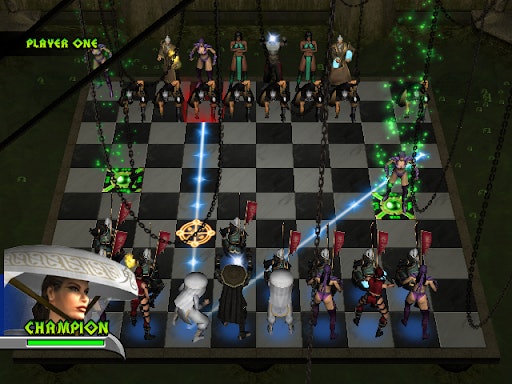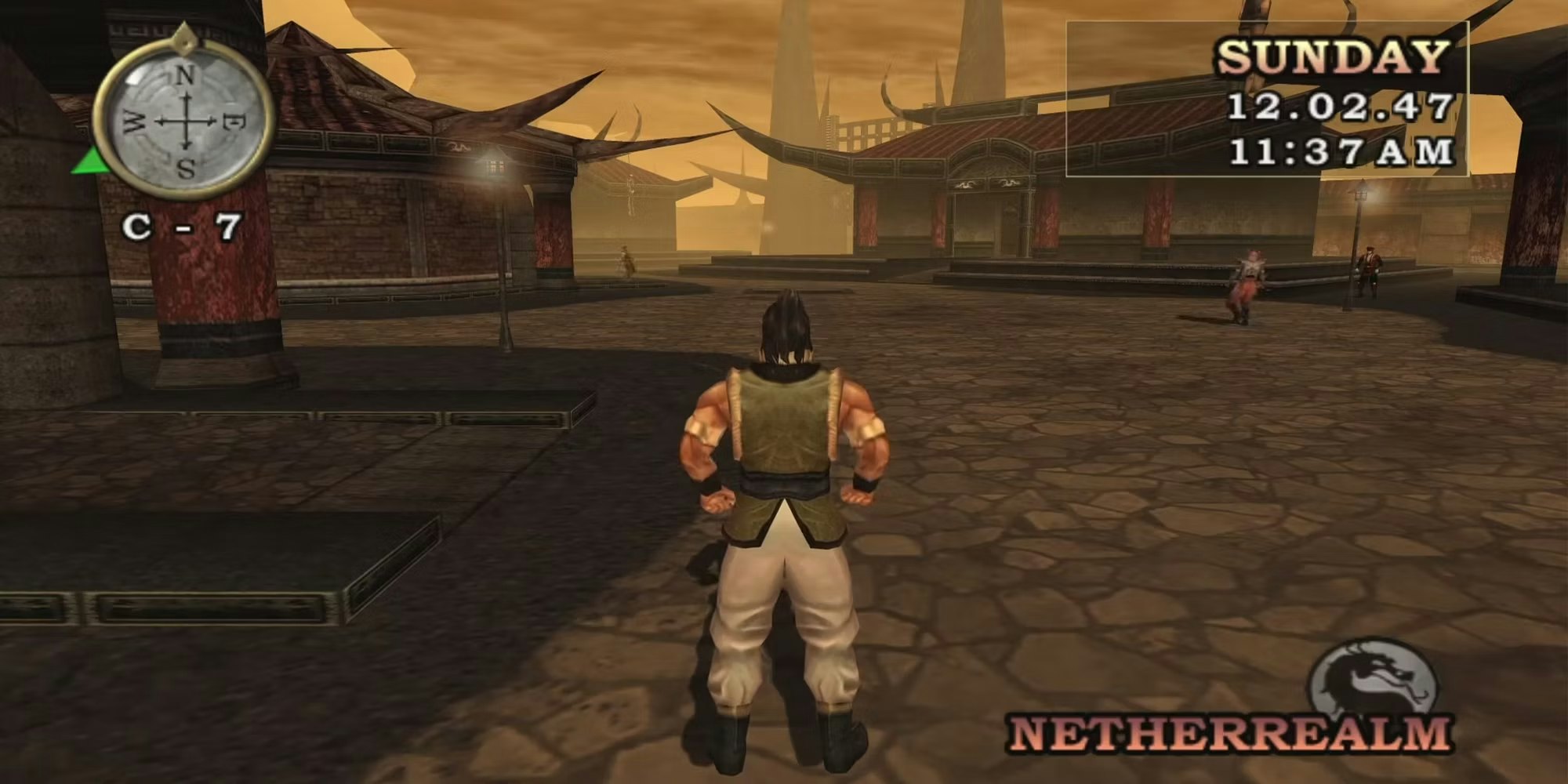
In the late 90’s, Mortal Kombat was in a bit of a slump. The franchise, which had coasted on its signature brutality and wild cast of characters over four mainline entries, had been surpassed by new rivals in the genre. And as games like Tekken, Soul Blade, and the Virtua Fighter series set a new standard, Mortal Kombat felt more and more like a forgotten once-novelty.
In 2002, Midway Games kicked off a much needed series revamp with Mortal Kombat: Deadly Alliance, a solid, fully-3D entry that showed what the future of the series would look like in the new era. But what Deadly Alliance would start would be expanded on in unimaginable ways with its 2004 follow-up, Mortal Kombat: Deception. Deception might not be the best Mortal Kombat game to date (that honor belongs to any of the more recent 2D games from Netherrealm), but the sheer amount of content developers were able to stuff into this games makes it one of the best sequels ever.
Like Deadly Alliance, Deception featured a 3D fighting engine where each combatant has three fighting styles to swap between at will. While not much changed between the two entries, there was added depth in the new interactive stages. Long before NetherRealm would let players punch their opponents into new parts of the Batcave in Injustice, Deception was letting them kick other fighters off buildings, through walls and glass ceilings in its multi-tiered arenas. Players could also pick up weapons in stages and use them for a quick advantage. These new interactions probably wrecked the game’s balance. But for casual fans, they were an endlessly entertaining addition that made fights feel like destructive brawls on par with games like Def Jam: Fight For NY.

But the solid fighting wasn’t what made Deception so special. It wasn’t its packed roster or even the new Fatalities (thought there are some incredible ones to be found here). Instead, it was the wacky modes and ideas that Midway Games inexplicably included.
Puzzle Kombat was Mortal Kombat’s take on Super Puzzle Fighter II Turbo. This mode was a fully-featured block-based puzzler featuring chibi-versions of the game’s roster. As players cleared lines by placing corresponding colored blocks and power-ups together in the playing field, the big-headed combatants adorably duked it below. It was a weird one-off that provided a fun competitive distraction in single player and multiplayer.
Chess Kombat was similarly a violent twist on the traditional board game. Players picked fighters in the roles of knights, rooks, bishops, and so on. But each piece has a special power in addition to its usual moves. Knights, now known as shifters, can transform into enemy pieces, bishops, now known as sorcerers, revive eliminated fighters, and teleport pieces out of harm’s way. To claim a square, the player has to defeat the enemy’s piece in a one-on-one fight. Both players could also set traps on the board before the start of the game, making every move forward more tense than the last.

Chess Kombat is another extremely weird but imaginative addition to Deception. Again, it’s not the most balanced mode. The sorcerer’s abilities in particular can be cheesed into victory with well-timed moves. But it gave players something else to distract themselves with both online and when friends came over for a few rounds.
Probably the coolest mode of the bunch was the single player campaign, Konquest. Rather than run through a series of fights interstitialed by cutscenes, Konquest was a full-on light-RPG. It featured six explorable maps of legendary locations from Mortal Kombat’s lore, including Earthrealm, Outworld, and Netherrealm. Players could run through these locations at their own pace, completing simple quests for strangers, meeting members of the roster, tracking down chests, learning new combos, and progressing through the game’s main story.
This was an absurdly massive single player offering for a fighting game unlike anything else at the time. It may look (and feel) dated by today’s standards, but it was a creative reimagining of the typical single-player offerings included in most fighting games of the 2000s. Konquest Mode’s drastic change in gameplay also felt like Midway Games was preparing players for the release of the excellent action game Mortal Kombat: Shaolin Monks the following year.

At a time when every other big-named fighting game was about getting players to master its complex and balanced mechanics, Mortal Kombat found success going in the total opposite direction. Deception was a very fun fighting game. But it’s more fondly remembered for its weird and wacky grab bag of oddities that were all somehow a joy to play. Developer Midway Games seemingly threw any and eveything against the wall, and committed to whatever stuck under the catergory of fun. For that reason, Mortal Kombat: Deception is the peak of Mortal Kombat’s brief 3D era.







